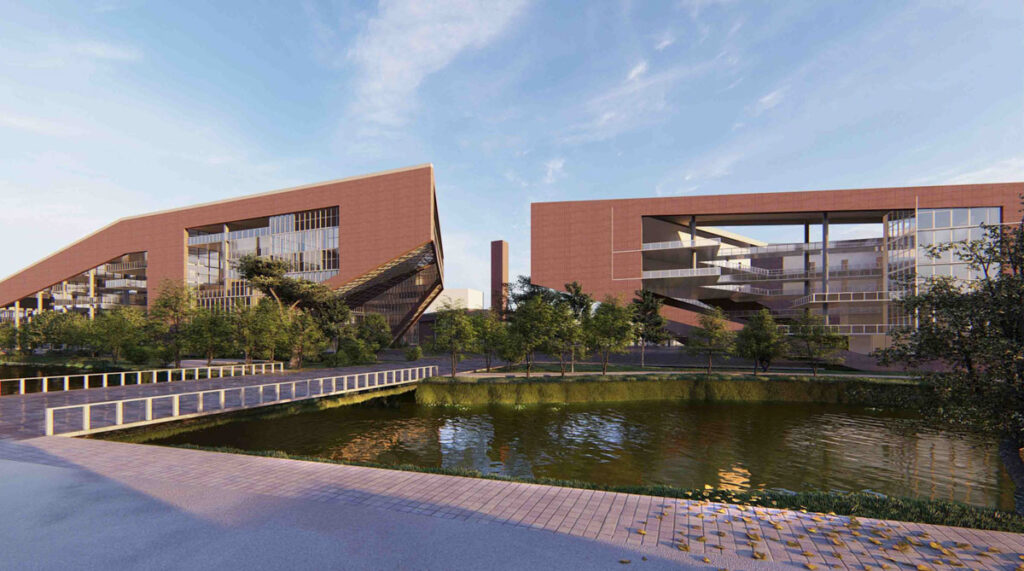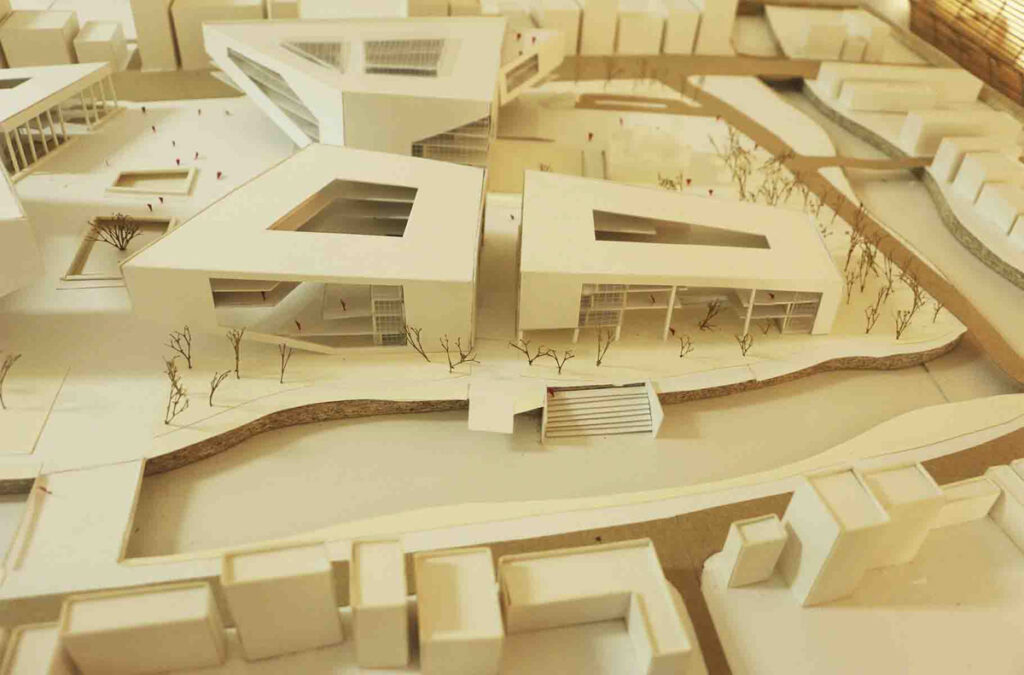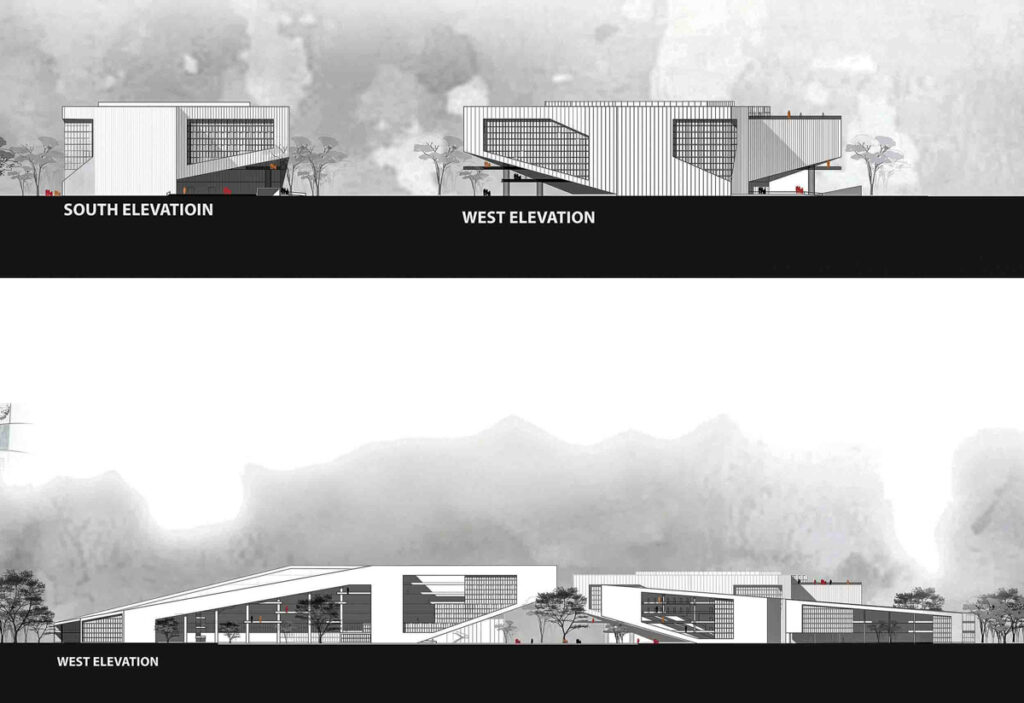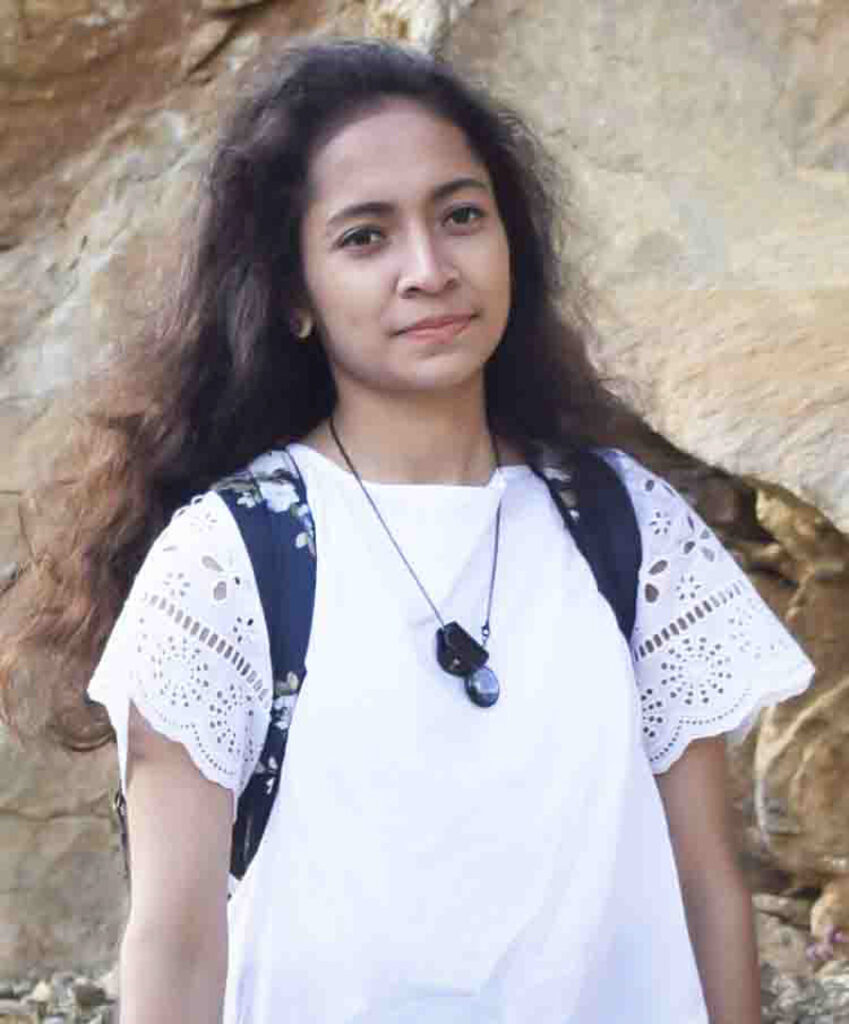The New Cultural Hub for the city
Narayanganj is a developing city having a significant history. People from different countries and from different timeline have visited the city. This has influenced its art and culture throughout time. But the culture is getting fade away due to lack of infrastructures. This project intends to create an interactive cultural hub within the city where art and culture can have a life on its own.

This project is proposed by Naimun Naher, a student of BRAC University. Her studio guide teachers were Prof. Fuad H. Mallick, Mohammad Habib Reza, and Abul Fazal Mahmudun Nobi.
The site is nearly about 18 acres and located in Narayanganj. After studying the context, it is found that a public realm is needed in the city which is currently absent in Narayanganj.

In the site, there is a DIT Market, some workshops and a slum that were built illegally, three heritage Mughal mosques, a temple which needs to be conserved, and a fine art institute which present condition is in risk. The site has many cultural structures because of the diverse religious aspects. Every year different fairs are held on the site including “Mongol Shovajatra” during Pohela Boishak and 21st February rituals. Moreover, the Baba Loknath Brhammachari mandir which is near the site arranges a big fair every year in the site for which the neighbourhood becomes overcrowded and the roads become blocked. Besides, during Bengali “Nababarsha” the city becomes vibrant with various activities. These festivals lead to a big scope of a possible cultural hub in the city.

As Narayanganj does not have a place for large gatherings during cultural festivals, fine arts institute can be the main cultural hub where people of various ages can come and enjoy. The challenge of the project was to create a cultural hub that would provide a solution to urban problems, and that would also help to develop the overall condition of the institute providing a better environment for the students, artists, and the general people.

The concept was to connect the heritage mosques and temple through a pathway for experiencing the heritage structures and also to conserve these structures which have a strong cultural impact on the site. Moreover, a pedestrian is proposed connecting the neighborhood for making a short distance to the market, as because of “Zhimkhana Lake” people from the west side have to walk a long distance to go to the market for their daily needs. Moreover, during “Rathjatra” festival, the city faces traffic problems as people use the station road to go to the river by walking and holding “Rath”.

Therefore, a new route for “Rathjatra” festival is proposed in the design. This pedestrian will be connected with the secondary road of the city which will end to the river. The primary roads of the city will not be hampered during the festival due to traffic congestions and the intersecting point of these two connecting pedestrians will act as a cultural hub for the city. So, this project will create an interactive cultural hub for the public while solving the major urban problems indeed.




